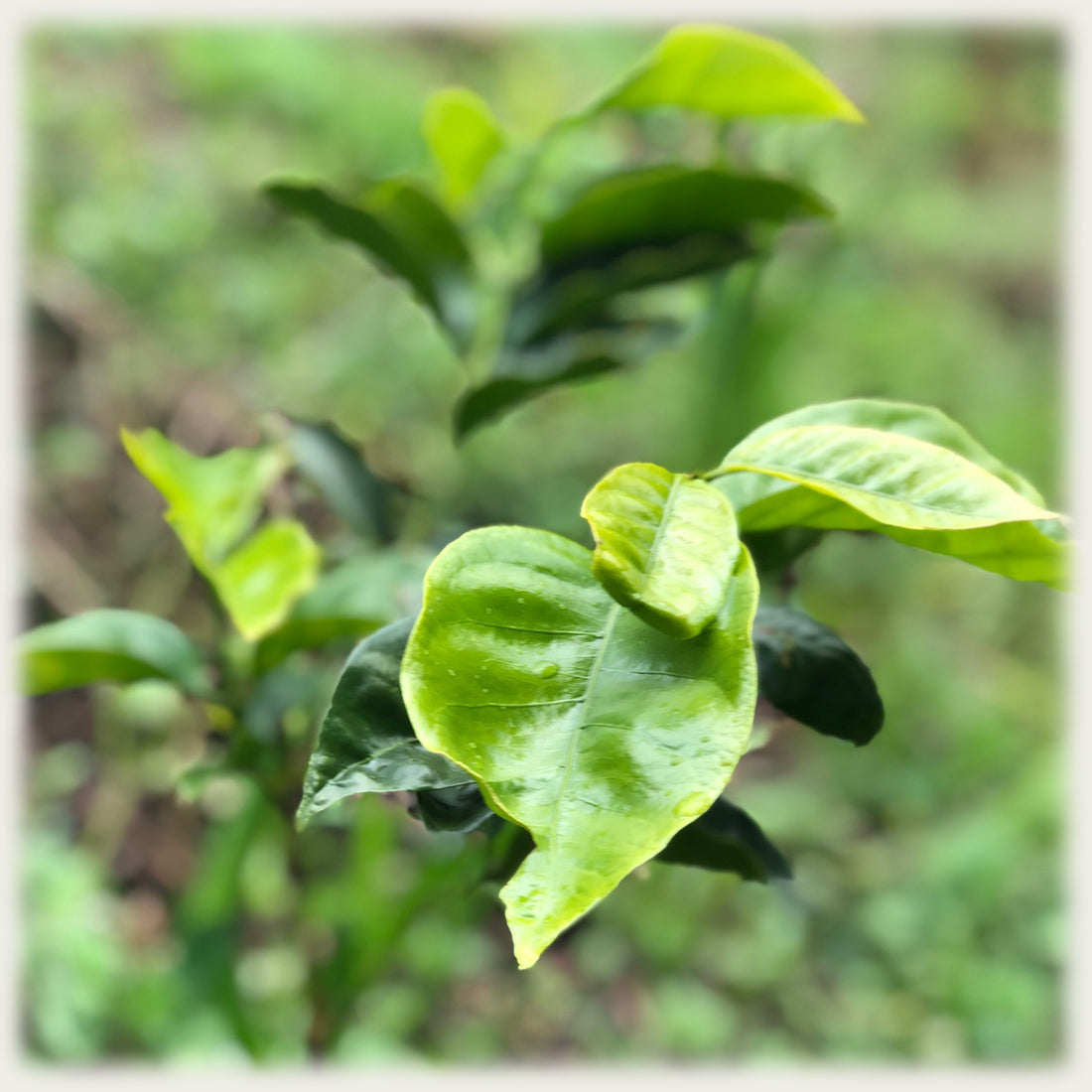
The Science of Coffee: Coffee the Botanical II — Species
Share
So you think you’ve tried them all—the premium and obscure coffees on your favorite shop’s menu. But, how many different species of coffee have you really ever had?
Shockingly, there are over a 100 species of coffee (coffea), and new ones are still being discovered every year! But you may be surprised to learn that there are only 4 main types used to brew the beverage—and only 2 that you will probably ever encounter.

The most popular species, and the one that you’re probably intimately familiar with, is the sole type roasted here at Coffee Labs Roasters: coffea arabica. It accounts for over 60% of the world’s coffee production, and 70% of it is sourced from Brazil. This species thrives on hillsides in regions of high altitude (1,900ft+ above sea level), with temperatures between 59ºF and 75ºF with high humidity, receiving even rainfall and a plentiful amount of shade. Some of the best Arabica is found in South America and Africa. It cannot handle frost or harsh climates. Arabica plants are technically shrubs, as they do not grow beyond 20ft tall, and most growers attempt to maintain them at 6 feet or less for easy harvesting and to encourage cherry proliferation. The small white flowers (yes coffee is an angiosperm!) of Arabica smell of sweet jasmine. Arabica’s flavor in the cup is even more pleasant. Arabica is prized for its chocolate, nut, fruit and berry flavors, with loads of sweetness and acidity. Partly due to its high lipid content, Arabica is jam packed with healthy healthy fats, oils, waxes, vitamins, and hormones you won’t find in other species.

The second species of coffee you should know is coffea caniphora (or what is commonly referred to as Robusta.) Making up roughly 40% of the worlds coffee production, it is the second most popular coffee in the world. Grown exclusively in the Eastern Hemisphere, primarily in Africa and Indonesia, albeit Vietnam has become the largest producer. The name Robusta is by no means a coincidence. This species is practically immune to disease, and can withstand a myriad of altitudes. Much of this is due to the fact that Robusta coffee beans have almost double the caffeine (2.2-2.7% by weight) of Arabica beans giving a distinct bitterness. This bitterness is tropical not favored by many roasters and coffee drinkers alike. Alone, it is said to have a bitter, rubbery/grain-like flavor, with a peanut-ty after taste. Yuck! Yuck! And, okayDespite this, high-quality Robusta can make an excellent blending coffee, yielding a bigger body, depth of flavor—and a richer crema. Because of this Robusta is the species of choice for many parts of Italy.
The third and fourth species, we feel deserve a quick mention, but you'll be lucky to ever encounter them.

The first we’d like to tip our hat to is coffea liberica. (This coffee has an interesting history which we won’t go into here, but will save for a future post!) Nowadays, it can only be found in certain regions of the Philippines. Unlike Robusta and Arabica, Liberica grows to a whopping 20 to 30 feet, officially making it a tree. The beans of Liberica coffee, tend to be larger asymmetrical. The flavor profile is unlike that of any other coffee you’ve tasted: smoky, floral, fruity, and woody. If you ever have the chance to taste this coffee don’t pass it up!
Excelsa coffee (coffea Liberia var. dewevrei), although no longer considered its own species, is unique enough to be considered one. Like other Liberica varietals, Excelsa grows into tall trees. This coffee grows mostly in Southeast Asia and accounts for just over 7% of the world’s coffee circulation. Full of tart and fruity notes, which remain present even when dark roasted. This is another unique coffee that you should never let pass you by.
Next time you down that hot cup a Joe take a moment to revel in the variety that coffee has to offer. Keep expanding your palette, and trying new things. There’s infinitely more in that cup than any of us can imagine. Look for our next article in which we explore the never-ending list of varietals that make each coffee even more unique!

2 comments
Nice stuff!!!!
Love to read this valuable article. Keep sending your thoughts and insights